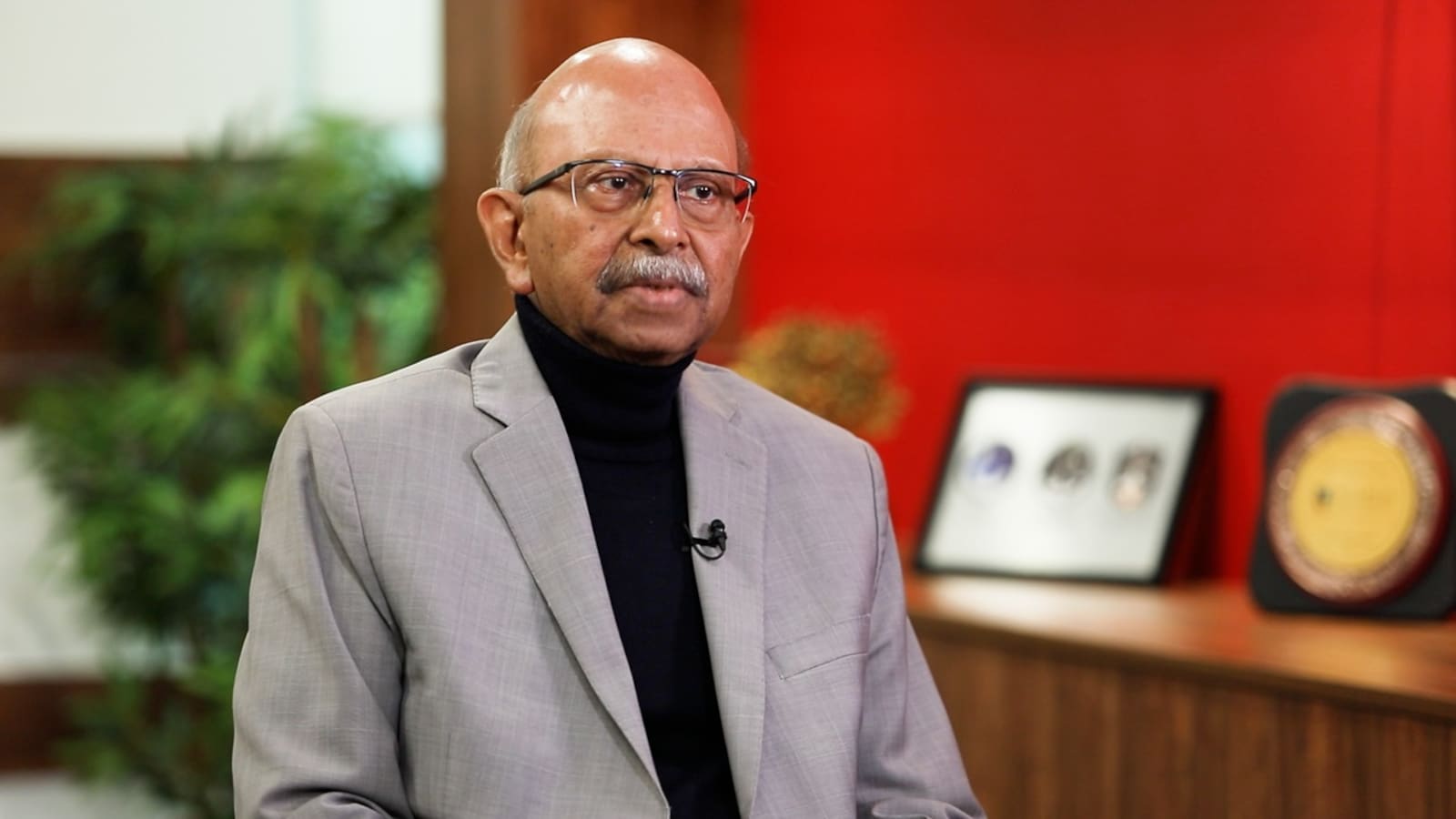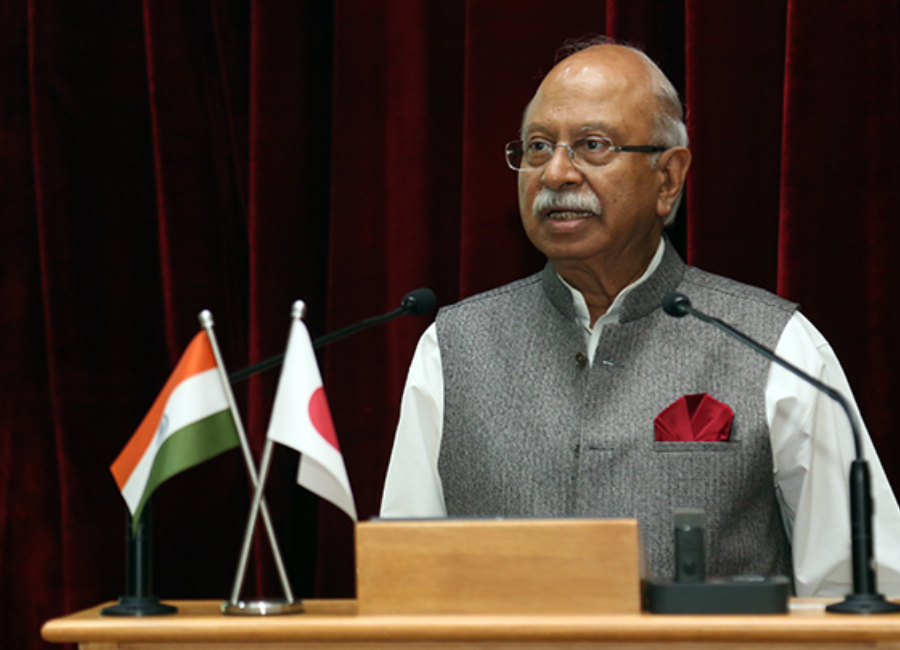In 2023, the IT industry experienced a series of high-profile departures, including executives such as Mohit Joshi and Ravi Kumar S from Infosys, and Jatin Dalal from Wipro, who joined Cognizant in various capacities. Saurabh Srivastava, former Nasscom Chairman and Co-founder of the Indian Angel Network, expressed contentment with these significant moves, stating that such executive mobility signifies the industry’s growth and maturation.
In an interview with Moneycontrol, Srivastava emphasized that the phenomenon of high-profile executives changing roles is commonplace in the United States and reflects a maturing industry. He sees these moves as a positive sign, indicating that the Indian IT sector is evolving and expanding. Srivastava highlighted that executives leaving their positions often signifies ample job opportunities, showcasing a vibrant and dynamic ecosystem.
Fitch Ratings estimates that the revenue growth of the IT sector is expected to slow down to 8-10 percent in the current and next fiscal year due to weakened economic conditions in the United States and Europe, the industry’s two largest markets. However, Nasscom projects a more optimistic outlook, suggesting that the sector can grow at a rate of 11-14 percent, reaching a value of $350 billion by 2026.

Srivastava provided insights into the significance of high-profile exits, noting that when executives leave, it is often because numerous job opportunities await them. The availability of diverse job options is a positive indicator of a vibrant ecosystem. Srivastava emphasized that people may have differences or issues within their current organizations, but the decision to leave is facilitated by the presence of alternative opportunities.
However, Srivastava introduced a caveat to this perspective. He suggested that if a significant number of top talents leave a particular company, it may indicate a management issue that the company needs to address. The departure of key executives prompts a critical examination of why these individuals are choosing to leave, urging companies to evaluate and rectify potential management concerns.
The interview with Srivastava covered various aspects of the IT sector, including his outlook for the industry, the impact of senior-level exits, the future landscape of jobs, and more. Srivastava’s perspective on the positive implications of executive mobility aligns with a broader narrative of the Indian IT industry’s evolution and its ability to attract and retain top talent.
As the IT sector navigates challenges and opportunities, the movement of high-profile executives signals a dynamic and competitive landscape. The industry’s ability to adapt, innovate, and create an environment conducive to professional growth will play a pivotal role in shaping its trajectory in the coming years. Srivastava’s insights shed light on the complex interplay of talent, opportunities, and organizational dynamics within the ever-evolving IT ecosystem in India.








